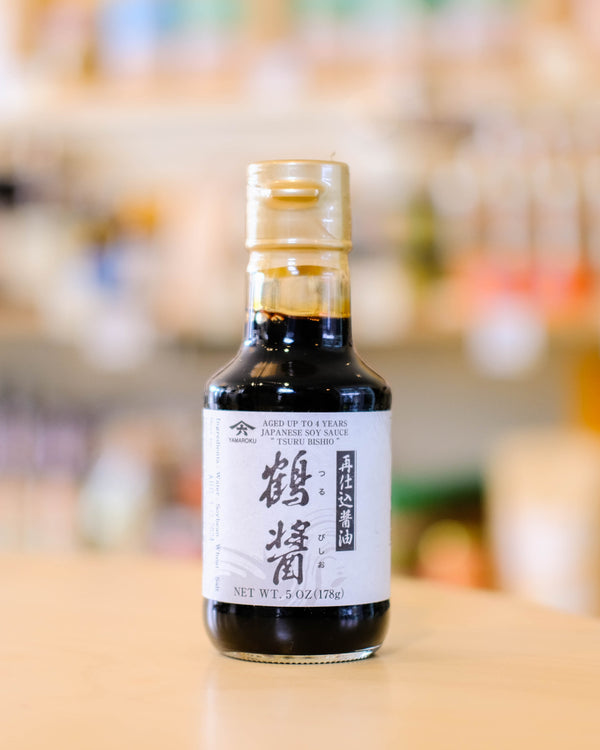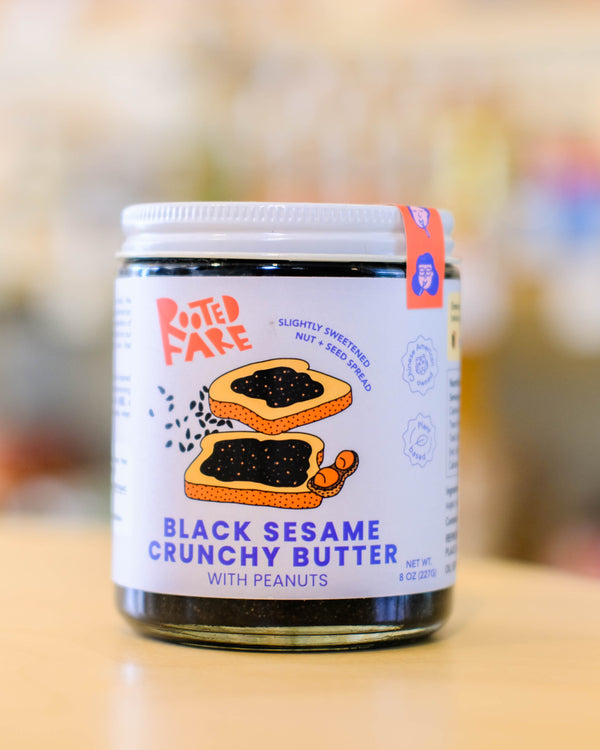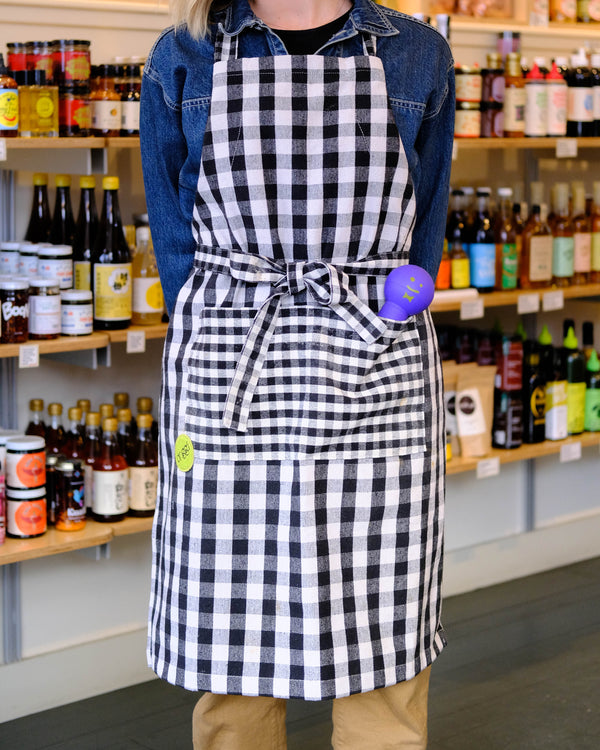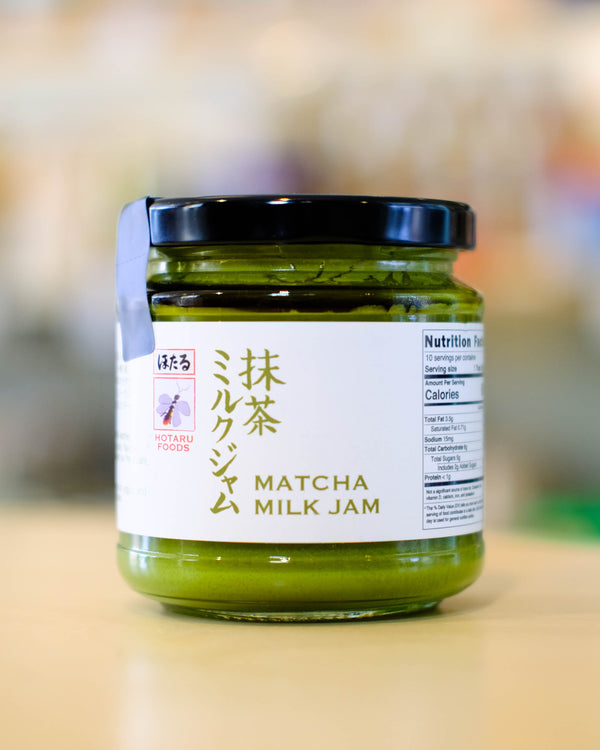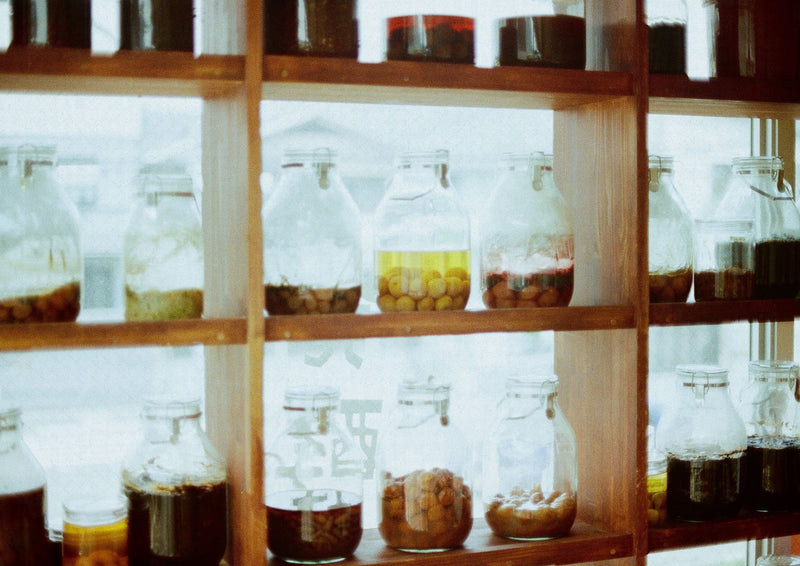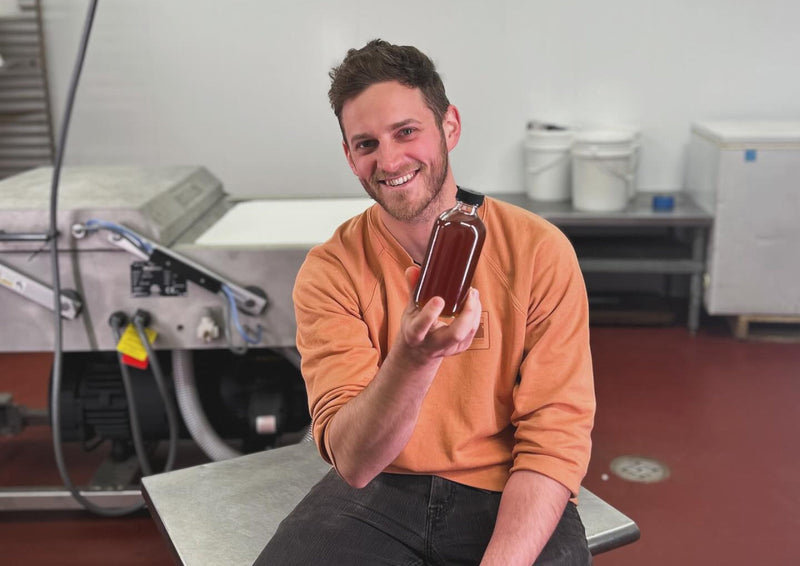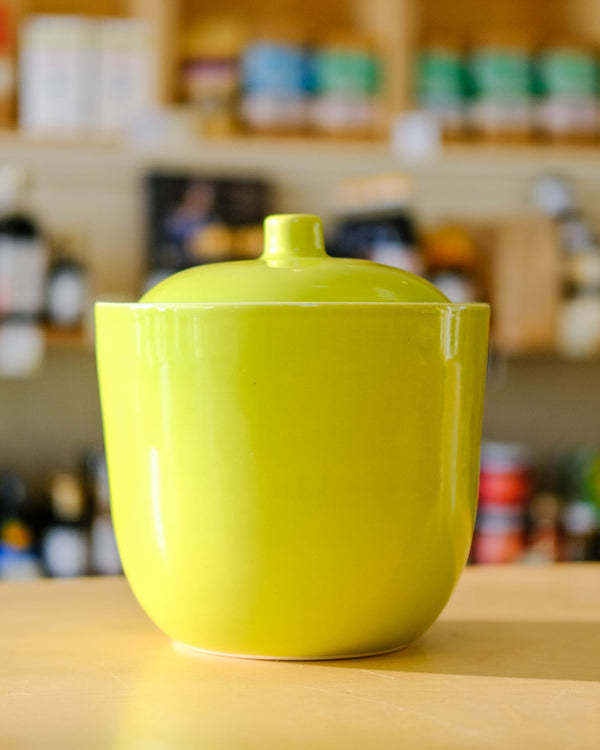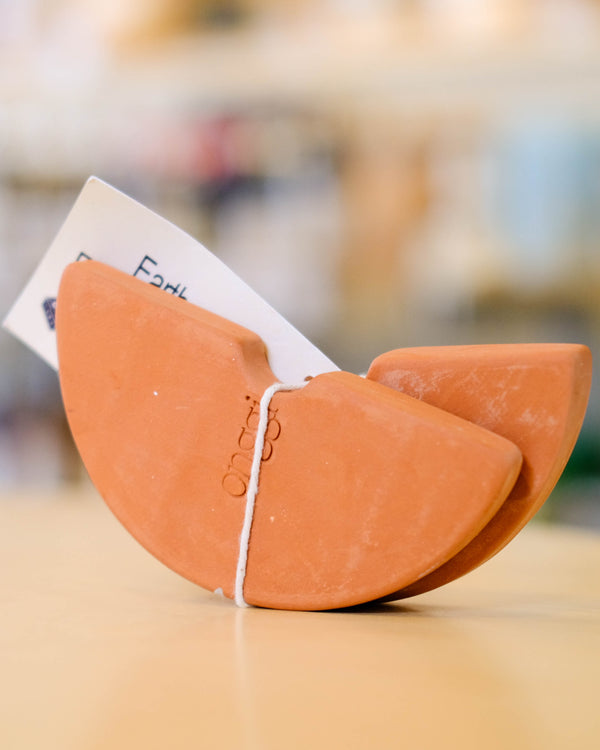You’re ready to start your kitchen fermentation and it’s time to pick your fermenting and storing vessel. Make way for onggi (pronounced "OHNG-ghee"), a clay pot with a rich history and the perfect characteristics to support fermentation and storage of your kimchis, krauts, pastes, soy sauces, and even rice wines!
Korea has a long and rich history of pottery-making, and one of its oldest and most revered forms is onggi. Dating back thousands of years, these vessels have been used for a variety of purposes, ranging from food storage to fermentation to decoration. Today, onggi pottery is gaining new life thanks to a new wave of interest in home fermentation as well as promotion by dedicated potters like Montana’s Adam Field.
What is an onggi?
Onggi pottery is an ancient form of pottery that has been used in Korea for centuries and is vital to Korean culture. The name “onggi” is derived from the Korean word for “jug” and was traditionally used for storage purposes, mainly for fermented foods like kimchi, which is a staple in the Korean diet.
Onggi are everywhere in Korea, with many households having an onggi for different purposes—one for fish paste, one for kimchi, one for soy sauce, and so on. These beautiful pots are easy to spot outside of traditional homes, and pre-1970, almost every home would have multiple onggi sitting outside in their yard.
Onggi pottery is made from clay sourced from mountainsides or riversides, which is then shaped by hand and then left to dry in the sun. The process involves significant skill and dedication that requires patience to shape the clay into its desired form as well as precision to make it watertight when completed. Intricate patterns or motifs often line the clay pots, which bring out the creativity of each potter.
The clay is the way!
The artistry of onggi pottery is rooted in the traditional materials and techniques used to craft these vessels. Korean onggi are made from mineral-rich clays sourced from various regions of Korea, and are formed and molded by hand using traditional tools. The clay is first cut into strips, then rolled out and shaped into the form before being left to dry in the sun. This process can take several days or even weeks, depending on the type of clay used and the size of the vessel. Onggi can be huge! Family sized onggi can have a capacity over 5 gallons.
Once completely dry, a mixture of ash and water is applied to the interior surface of each pot, giving it a unique glaze before it is fired in a wood-fueled kiln. The firing process gives each piece its unique texture and color. After firing, each vessel is carefully inspected for any imperfections or flaws before it is ready to use.
The unique properties of earthenware onggi make them ideal for storage and fermentation, allowing kimchi to mature slowly while still maintaining its flavor. In fact, studies have found that the unique characteristics of earthenware onggi make a big impact on the ferment inside, encouraging lactic acid bacteria and probiotic production while discouraging bad bacteria and external contaminants. Because the clay is porous, it allows the onggi to exhale some of the carbon dioxide buildup inside, helping keep a healthy environment inside the vessel.
Onggi are meant to be stored in a cool place, or buried underground for consistent cool temperatures. Today, many modern households use plastic or metal fermentation vessels and have additional kimchi fridges in their homes, but the movement to return to more traditional vessels like onggi is growing exponentially.
Some of our favorite onggis are made locally in the United States by Adam Field in Montana (who we visited in 2022!), and he took some time to chat with us about his experience with this traditional vessel.

Margot Mazur: How did you get interested in onggi?
Adam Field: When I moved to Korea, my son was three and a half. My wife is from Korea and we always knew that we wanted to give him the opportunity to get to know the language and the family. We had visited a number of times before and knew that it would be an opportune time for me to study the rich history of Korean pottery.
My mother-in-law was the one who, on a visit the year before we ended up moving there, said, oh, I was introduced to this studio by some friends and this could be a really great place for you guys to take a look at. We went out there and toured the studio. At the time we had already started the conversation about moving there and we brought that up to the folks at Ohbuja Onggi and they were open to me coming to study there.
That's something they would normally charge for. The people who had come before me were actually living on the property, receiving meals. So my situation was going to be a little bit different where we were in an apartment in the next town over living close to my in-laws. There was also kind of a cultural consideration where one of their customers was the connection point. It wasn't just a random potter coming to learn. That carries a lot of weight.
Margot: Wow, that’s very cool.
Adam: Literally every day that goes by, I realize more and more how fortunate I was. I just happened to be introduced to the perfect place, like, I couldn't have researched and found a better place to go to study.
I had been doing carved porcelain for many years leading up to that and I was very interested in learning that tradition in Korea. I kind of very naively thought that I could do both at the same time.
Something that drew me to onggi is that it was kind of the polar opposite of the work that I had been doing. It was this iron red clay as opposed to the porcelain, and in terms of the functionality, this was historically the every person's pot. The carved porcelain that I was making was more of a higher end, not an everyday use piece of pottery. There was something really appealing to me, that realization that there was so much for me to learn about something that was a kind of polar opposite of what I was already comfortable with.
Margot: I love that. What really touched you or was surprising about that apprenticeship experience in Korea?
Adam: For one, the generosity of the Kim family to share this ancient knowledge. In their family, it goes back, now it's into its eighth generation. Here I am an outsider and they shared it all. While I was there, they took me in as one of the family. I was able to come back for a visit in 2011 three years after I finished my apprenticeship. Unexpectedly to me when I stepped foot on the property I saw the grandfather who was the top onggi master of the family and his wife walking down the driveway, I just burst into tears, you know? There was just such a strong connection that was formed there.
In terms of the process, as a potter coming into it, I had 12 years of experience under my belt. That was extremely valuable, it made that transition into this new technique easier. Not to say that it was easy at all because it was definitely the hardest thing that I've done in my career. Having that experience allowed me to actually recognize what was so smart about this process, because it was something that was developed 5,000 years ago before there was any internal combustion or electricity being used to help.
They had to ingrain techniques that made it extremely efficient and put as little energy into it as possible with maximizing the results. The first day I got there, we were firing a kiln. The way that they picked up the wood and threw it in the kiln was distinctly different than anything that I had seen around wood kilns in the U.S. There are these little things, and the grandson was there and he was doing it. It's like, of course because that's what he's seen, and so that's how he moves. And he wasn't totally exhausted at the end of the day.

Margot: Wow, that’s really interesting. Some of the onggi you make—we sell the one gallon ones, but you make huge ones too! They must take a lot of time. What does that process look like?
Adam: You know, it really depends. The technique between, say, the one, two and three gallon is quite different when I jump into a five gallon. It's one piece of clay that's made into those three smaller sizes. Then when I into anything larger, it’s a two and a half inch round coil that gets attached in a very specific way in the technique that I learned in Korea, and paddled to compress the wall. I relate a bit differently to those two techniques, and going back to what I was just mentioning about just the efficiency of process, the larger ones get made in Korea surprisingly fast.
So imagine kind of a large waste basket size in the 40 gallon range. My teacher would make six of those in a day.
Margot: Wow!
Adam: Yeah, at like 45 minutes a piece. You talk to anybody, any potter about that, and it's jaw dropping. Just to be immersed in that, it really broke the bounds in my mind of what could be done. Because really at the end of the day, they had clay, water, wood to fire it with. The bricks that they made out of the brick clay—their home was built on. It's all right there. Their biggest asset is their willingness to work really hard and make as many pots as they can.
For me, for example, you prep the clay for a one gallon onggi jar, if I were making 10 of them, I would spend about a half an hour prepping the clay for those ten. The actual throwing of the piece on the wheel takes probably 15 to 20 minutes. But you know, yeah, I made it in 15 minutes and in 27 years of practice. There's the drying, which depending on the weather, it could be anywhere from two days to a week and a half. Then there's the initial firing, which I have to build up enough pots to fill the kiln so it's the efficiency of using that energy, and then they're unloaded, glazed, which takes probably another 15 minutes to 20 per pot. We fire for two days and the kiln cools for four days. Each pot gets inspected, sanded, and preps for shipping.
Margot: How do you choose the ornamental elements of the pieces?
Adam: I base that on what I learned in Korea during my apprenticeship and I try to keep it like my teachers within the vocabulary of the visual mark on the pot that is based in tradition.
One of the things that was surprising to me is that the combination of marks on any given piece was the decision of the individual potter in the moment that they were decorating it. I came into it thinking, oh, well this must be a studio set of marks or the individual to distinguish who made what. It wasn't that, it was just kind of a mix and there was some real space for that creativity that was left open. A lot of the marks do have meaning that is related to really basic elements of nature—water, thunder, heartbeat, mountains, clouds, because it's such an ancient tradition.
There is a traditional fish design or sae-ooh, which is Korean for shrimp. You'll see a shrimp design inscribed on the side of a pot that is shaped specifically for fishing for shrimp. Then they get stored directly into these jars on the boat with alternating layers of shrimp and rock salt in between. So they're going straight from the water into preservation.
Margot: Oh, that's very cool. As you've been making more onggi in the states, have you seen a higher interest in them? Do you have a feel for who your customers are?
Adam: Yeah, it’s been off the charts since I got back. It was already on an upward trajectory, but fermentation has gotten wildly popular. Sandor Katz laid the foundation years ago with his books. Then people like Kirsten Shockey and David Zilber.
There's a lot of research that happened and realization that, this is not only more healthy, but more sustainable. If we're growing our own foods or at least sourcing locally, then we're fermenting it, the carbon footprint is drastically decreased because we're not paying to refrigerate or transport. Those realizations are coming to light.
One of the things that I carry close in terms of who my customers are—I’m on the verge of tears so many times, reading these emails and DMs because a lot of my customers are first generation, second generation, third generation from Korea, and they're like, it’s unbelievable that there is an authentic source of onggi in the States and you know, it's just not the same as what you get factory made at H Mart. Offering custom inscriptions has been a really special thing to do.
There's a lot of that, but also for every one of those people, there are also people who are like, hey, I really love kimchi. I went to Korean barbecue for the first time the other night and I want to figure this out. Those are generally people that don't have any Korea connection. I think people are looking for some historic authenticity, because the world is changing really fast. It's something real to grasp onto that has those ancient roots.
Margot: It sounds like you find a lot of meaning in your work.
Adam: Yeah, absolutely. A big part of this for me is that my kids are half Korean. We live in a town where there is a very small Korean population and I've always wanted to make opportunities for them to have role models for people who are valuing things that are traditionally Korean. To be their father and to say, hey, I value this so strongly that this is a major part of where I'm steering my career, hopefully they get to a point to see the value in that, and it's been amazing. I’m trying to put content out there that is around being authentic and having that be an option.
I don't know if you've come across the article that was in the Washington Post about a month and a half ago.
Margot: I did see that!
Adam: From that there was a big spike in people reaching out. They all had the same questions—are your pots breathable? They are. That was a big thing that I learned from my teachers that has to do with firing technique. It has to do with materials. I've made adjustments with materials that are available closer to me than Korea to make sure that my pots do have that functionality.
Margot: I love that the authenticity of the onggi is and its functionality is so inspiring to you. It definitely inspires us at Onggi! Thank you so much for taking the time with me today.

Find Adam Field’s one gallon onggi here, or stop by the shop to take a look at some of the larger pieces we have. Want to go smaller? The 3/4 gallon Onggi crock, designed by our pal Troy Yoshimoto is made locally in South Portland, Maine.



